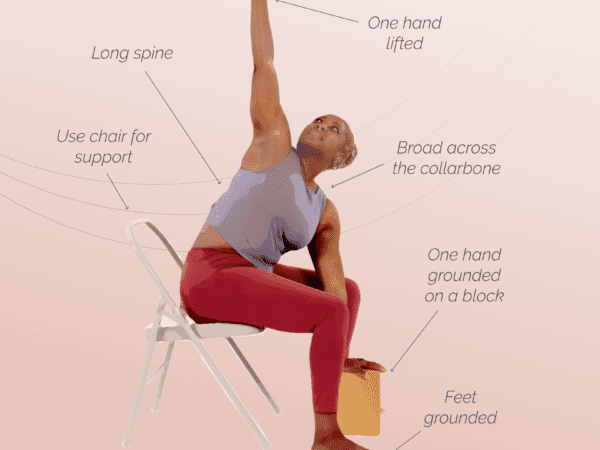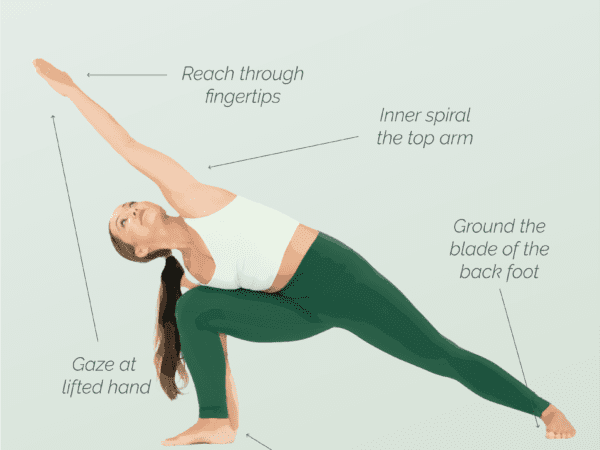Welcome to our comprehensive guide on modified bridge pose, a transformative yoga posture that can bring balance, strength, and flexibility to your body and mind. Whether you are a seasoned yogi or just starting your yoga journey, this versatile pose offers a multitude of benefits that can enhance your overall well-being.
In this article, we will delve into the intricacies of modified bridge pose, exploring its technique, variations, and the incredible impact it can have on your physical and mental health. Whether you are looking to relieve back pain, improve digestion, or simply find a moment of tranquility in your busy life, this pose has something to offer for everyone.
Join us as we unlock the power of your spine and guide you through the steps to achieve the perfect modified bridge pose. Get ready to experience the joy and vitality that this pose can bring to your yoga practice. Let’s dive in and discover the transformative potential of modified bridge pose together!
The Benefits of Modified Bridge Pose
Modified bridge pose, also known as setu bandha sarvangasana in Sanskrit, is a yoga posture that offers a wide range of benefits for both the body and mind. By gently opening and strengthening the back, hips, and legs, this pose can help you find balance, relieve tension, and promote overall well-being. Whether you are a beginner or an experienced yogi, incorporating modified bridge pose into your practice can bring about transformative results.
Strengthens the Back and Legs: Modified bridge pose targets the muscles in the back, including the erector spinae, glutes, and hamstrings. Regular practice of this pose can help build strength in these areas, improving posture and stability.
Opens the Chest and Shoulders: As you lift your hips in modified bridge pose, your chest and shoulders naturally open up, stretching the pectoral muscles and releasing tension in the upper body. This can help improve posture and alleviate discomfort caused by sitting for long periods.
Enhances Spinal Flexibility: The gentle backbend in modified bridge pose helps to increase the flexibility of the spine. It can counteract the effects of prolonged sitting and promote a healthy range of motion in the back.
Calms the Mind and Relieves Stress: Modified bridge pose is known for its calming and soothing effects on the nervous system. As you settle into the pose, you can experience a sense of relaxation and release, reducing stress and anxiety.
Stimulates the Thyroid and Abdominal Organs: Modified bridge pose stimulates the thyroid gland, which plays a crucial role in regulating metabolism. Additionally, it can help improve digestion and stimulate the abdominal organs, promoting overall digestive health.
Improves Circulation: By elevating the hips and opening the chest, modified bridge pose can improve blood circulation throughout the body. This increased blood flow can provide a boost of energy and vitality.
Relieves Back Pain: The gentle stretch and strengthening of the back muscles in modified bridge pose can help alleviate back pain and discomfort. It can also help to improve spinal alignment and reduce the risk of future injuries.
Incorporating modified bridge pose into your yoga practice can bring about a multitude of benefits for your body and mind. Whether you are looking to build strength, increase flexibility, or find a moment of tranquility, this pose has something to offer for everyone. Embrace the transformative power of modified bridge pose and experience the positive impact it can have on your overall well-being.
Contraindications for Modified Bridge Pose
While modified bridge pose offers numerous benefits, it is important to be aware of certain contraindications and precautions to ensure a safe and effective practice. It is always recommended to consult with a qualified yoga instructor or healthcare professional before attempting any new yoga pose, especially if you have any pre-existing medical conditions or injuries. Here are some contraindications to consider:
Neck or Spinal Injuries: If you have a recent or severe neck or spinal injury, it is best to avoid modified bridge pose. This pose involves gentle backbending, which can put strain on the neck and spine. It is crucial to prioritize your safety and allow your body to heal before attempting this pose.
High or Low Blood Pressure: Individuals with high or low blood pressure should approach modified bridge pose with caution. The pose can temporarily increase blood pressure due to the inversion of the body. If you have uncontrolled blood pressure, it is advisable to avoid this pose or modify it under the guidance of a qualified instructor.
Pregnancy: Pregnant individuals should exercise caution when practicing modified bridge pose. As the pose involves lying on the back and elevating the hips, it can compress the vena cava, a major blood vessel, potentially affecting blood flow to the fetus. It is recommended to consult with a prenatal yoga instructor for suitable modifications or alternative poses during pregnancy.
Recent Abdominal Surgery: If you have undergone recent abdominal surgery, such as hernia repair or abdominal organ surgery, it is best to avoid modified bridge pose. The pose may put strain on the abdominal muscles and interfere with the healing process. Always consult with your healthcare provider for guidance on when it is safe to resume yoga practice.
Osteoporosis or Osteopenia: Individuals with osteoporosis or osteopenia should approach modified bridge pose with caution. The pose involves weight-bearing on the arms and shoulders, which may put excessive pressure on the bones. It is advisable to consult with a healthcare professional or experienced yoga instructor for appropriate modifications or alternative poses.
Remember, it is essential to listen to your body and honor its limitations. If you experience any pain, discomfort, or dizziness during modified bridge pose, it is important to come out of the pose and seek guidance from a qualified instructor. By practicing mindfully and respecting your body’s needs, you can ensure a safe and beneficial yoga practice.
How to do modified bridge pose
To perform modified bridge pose with the support of a block, follow these step-by-step instructions:
Start by lying on your back on a yoga mat with your knees bent and feet hip-width apart. Lift your hips and place a yoga block under your sacrum. Rest your sacrum comfortable on the block.
Position your arms alongside your body, palms facing down. Relax your shoulders and lengthen your neck.
Take a deep breath in, and as you exhale, press your feet firmly into the mat, engaging your glutes and core muscles.
Keep your thighs parallel to each other and stay here for at least five breaths.
When you’re ready to come out of the pose, lift your hips to remove the yoga block before slowing lowering them down to the ground.
Take a moment to rest and observe the sensations in your body before moving on to the next pose or concluding your practice.
Remember to listen to your body and modify the pose as needed. If you experience any discomfort or pain, adjust the height or position of the block or consult with a qualified yoga instructor for guidance. Enjoy the support and stability that the block provides as you explore the benefits of modified bridge pose.
Are you looking for more guidance on your yoga journey? Sign up for Omstars to get access to thousands of yoga classes in the comfort of your own home. Click here to start your subscription.










